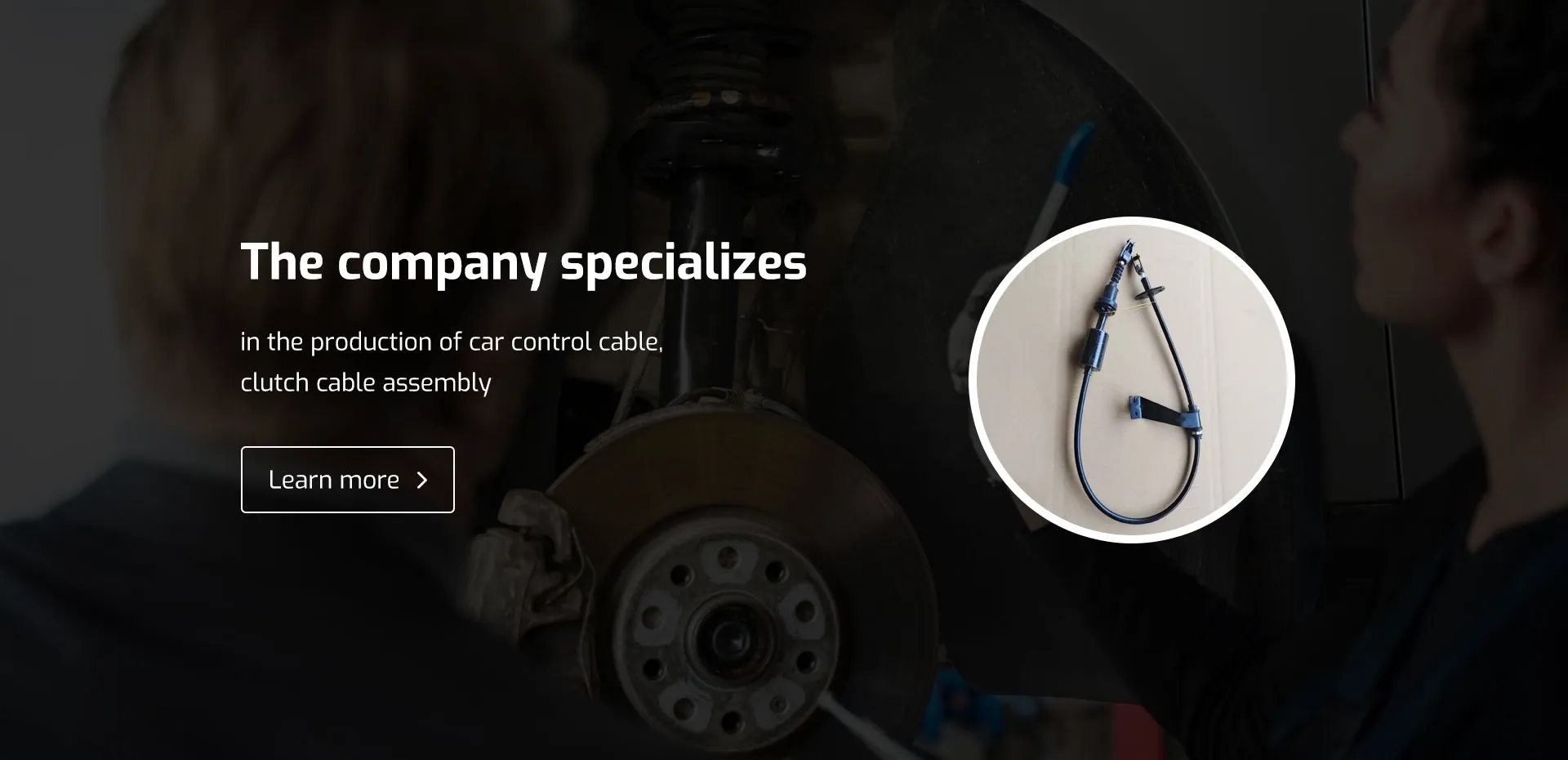Understanding the Relationship Between Throttle Control and Clutch Engagement in Vehicles
Throttle and Clutch The Heart of Manual Driving
Driving a manual transmission vehicle offers enthusiasts an unparalleled connection to the machine. At the center of this experience lie two vital components the throttle and the clutch. Understanding how these elements work together can elevate a driver's skills and enhance the overall driving experience.
The throttle is the mechanism that controls the engine's power output. In most vehicles, it is operated by a pedal located on the right side of the driver's footwell. When the driver presses the throttle, it opens the throttle valve in the engine, allowing more air and fuel to mix and combust, resulting in increased engine power. Conversely, releasing the throttle reduces engine output. This instant response creates a direct relationship between the driver's input and the vehicle's power, enabling the driver to accelerate, decelerate, and maintain speed with precision.
On the other hand, the clutch serves a critical role in manual transmission vehicles. It is a mechanical device that disengages the engine from the transmission, allowing the driver to change gears smoothly. The clutch pedal, located to the left of the throttle, is used to engage and disengage the clutch plate. When the driver depresses the clutch pedal, the connection between the engine and the transmission is broken, allowing the driver to shift gears without grinding the gears, which could lead to catastrophic mechanical failures over time.
The relationship between the throttle and the clutch is fundamentally intertwined. Understanding how to manage both components effectively is crucial for smooth driving. For instance, when starting from a complete stop, a driver must first press the clutch pedal to the floor while shifting into first gear. Simultaneously, the driver gradually applies pressure to the throttle to increase engine RPM. As the engine reaches an optimal RPM range, the driver gently releases the clutch pedal. If done correctly, the vehicle will begin to move forward without stalling.
throttle and clutch

However, mastering the combination of throttle and clutch is not without its challenges. New drivers often struggle with finding the right balance between them. Too much throttle with insufficient clutch engagement can result in wheel spin, while too little throttle can cause the engine to stall. Successful manual driving requires a degree of finesse and coordination, turning a simple act of driving into an art form.
Experienced drivers often refer to the moment of finding the bite point, which is the precise point at which the clutch begins to engage the engine while the throttle is applied. This is a critical moment, as getting it right leads to smooth acceleration, while getting it wrong can lead to jerky startups or stalls.
In addition to enhancing driving enjoyment, understanding the throttle and clutch also promotes safer driving practices. A well-timed synchronization of these components can significantly reduce wear and tear on the vehicle. Properly engaging the clutch makes gear changes seamless and minimizes strain on the transmission system, which is especially important in stop-and-go traffic or steep inclines.
In conclusion, the throttle and clutch are not merely components of a manual transmission vehicle; they are essential tools that offer drivers control and engagement. Mastering their use requires practice and patience, but the rewards are immense, leading to a richer and more enjoyable driving experience. For those who embrace the challenge, driving becomes not just a mode of transportation, but a thrilling performance that connects the driver to the road in profound ways.
-
Upgrade Your Control with Premium Throttle CablesNewsAug.08,2025
-
Stay in Control with Premium Hand Brake CablesNewsAug.08,2025
-
Experience Unmatched Performance with Our Clutch HosesNewsAug.08,2025
-
Ensure Safety and Reliability with Premium Handbrake CablesNewsAug.08,2025
-
Enhance Your Vehicle with High-Performance Clutch LinesNewsAug.08,2025
-
Elevate Your Ride with Premium Gear CablesNewsAug.08,2025
